|
Director Doug Aitken goes cross-country on a hired train, creating a series of artistic "Happenings"
You've got to hand it to conceptual artists. They really know how to think big.
Christo wrapped the coast of Sydney, Australia in a million square feet of fabric. Paul Cummins and Tom Piper filled the dry moat around the Tower of London with nearly a million red ceramic poppies. Artist Doug Aitken conceived an even bigger project: renting a train, inviting artists and musicians aboard and then staging "Happenings" with them in places across the US.
The sonic and visual experience became the basis for the new film Station to Station, now playing in Los Angeles. It expands to more cities in the coming weeks.
Station to Station is composed of 62 one-minute films, most of them built around a conversation with a single artist or musical performance. Some of these performances take place on train platforms or stations, scattered from San Francisco to New York.
The film is certainly non-fiction, but the word documentary doesn't quite fit. Initially I started cutting something that sort of resembled a documentary and [then] I realized it was a completely dishonest structure for this project -- one story, one voice trying to tell this is absolutely corrupt.
Nonfictionfilm.com spoke with Aitken at his studio in Venice, California about the project and his artistic objectives.
Nonfictionfilm: You describe Station to Station as a "journey through modern creativity." Doug Aitken: I wanted to kind of look at the idea of something that was in motion, that was moving through landscape -- that wasn't going to be frozen and fixed inside a commercial gallery or inside the music industry or produced by the film industry. It was nomadic. It was time-based. It didn't have to answer to any kind of capitalist cultural system... I wanted to use this project as a way to initiate a dialogue, and that dialogue being, "What do you really want to make? What can you make in a condition like this?" And totally empower viewers and the [artists] to kind of get engaged in these very brief volatile moments which were the series of Happenings.
DA: I realized for every train there is a train station and these train stations are often these architectural sites that are like neglected or derelict or underused or under-appreciated. So it's like in Europe, in Germany, you have kunsthalles -- kind of museums without collections; just museums that exhibit and I kind of started imagining that we just had all these kunsthalles running across the American continent and some of them -- like the station in Chicago -- is heavily used all the time. But then you get to some place like Winslow, Arizona -- it's like a tumbleweed could just blow through.
NFF: You customized the exterior of the train with a light system. It's quite something to see it against the night sky. DA: I had this vision that the train at nighttime could become this kind of kinetic light sculpture. I was inspired by zoetropes, like going to the cinema where you have an image spinning around -- you look at it from one point of view and it would just move, the photographs go so fast they just move. So I thought, "What if the whole train was this light sculpture? Could [it] become this piece of choreography, like the choreography of light?" I mean we actually designed it so it would be generative -- it would sense the landscape around it, it would sense the speed of the light or the moonlight or the landscape and temperature. All that allowed the train to change in the way you saw. NFF: Sort of organic. DA: Yeah, yeah, yeah, it became -- there was a kind of oneness with its expression in relation to where it was.
NFF: How did you choose the artists and performers who took part? You must have quite a Rolodex.
DA: It was kind of a combination of people you either know or people whose work you are interested in and going to those people and saying, "Imagine you're not going to do something you've done before and these are the parameters. What would you really want to do?" And I spent four, five, six months... just really trying to research who’s out there, who has like little visibility and is doing interesting things. Who’s in the outskirts of Kansas City or Santa Fe? I wanted to use the project to kind of shed some light on people who are doing outstanding or very individual things and bring that into the dialogue.
NFF: Tell me about your decision to make 62 one-minute films, to constitute Station to Station that way.
DA: We had been filming these dispatches during the journey and I never really had a concrete idea of what I was going to do with it. But I got back here and there was just this enormous volume of encounters [we filmed], from the homeless guy in the parking lot to Lawrence Weiner talking about the agitprop train in Russia -- this whole spectrum [laughs]. I thought it would be interesting to really take all these different voices, these disparate voices, and put them into one piece of time that could be shared, so these ideas can be shared, can just get out there. And initially I started cutting something that sort of resembled a documentary and in a short amount of time I realized it was a completely dishonest structure for this project -- you know, one story, one voice trying to tell this is absolutely corrupt. Imagine that a film is not the structure of narrative but it’s the structure of music and you see it more as a series of patterns.
DA: When people talk about cinema they talk about time, as a time-based medium. They say, “This movie was 90 minutes long or 120 minutes long.” I thought about it, “Why don’t we just make a film that’s about time? If people always frame it with time what if we just take time and democratize time? And we give every single 60 seconds to another landscape or person or encounter or group?" What would happen if we did that? And what would happen if these things just kind of come at you one after another after another. And they’re not about seducing you into the big story, they’re more about like a series of encounters in the present and a film that has no future or past. It’s kind of all in the present.
Imagine that a film is not the structure of narrative but it’s the structure of music and you see it more as a series of patterns. Patterns sometimes accelerate or decelerate. We edited it for something like 14 months and at a certain point we just kind of moved away from the narrative thing and saw it almost more as a musical composition. NFF: A little bit like Phillip Glass. DA: Yeah, yeah.
NFF: I guess you could say there is a beginning, middle and end to every journey, yet there is something non-narrative about being on a train, like a suspension of time.
DA: And also a train is a kind a cinematic experience. For the most part you’re looking at a glass screen and you’re watching things move by. You’re sitting in a plush seat or a rigid plastic seat. There’s something inherently voyeuristic about it versus walking or hitchhiking or just wandering around.
NFF: Let me ask you about some of the individual characters in the film -- there's the bullwhip guy. And the auctioneer who kind of bookends the film. He was fascinating to me. You don’t think of that kind of “chanting” as music normally.
DA: I actually invited some of these rural farm auctioneers to be part of some of the Happenings. Some of these men and women I’ve worked with for a long time on different projects. I like the idea that they just seem like they came out of the landscape. It’s a really distinctive like American phenomenon where you do this chant and the chant is your auction and you auction as fast as possible. You auction so fast that somebody raises their hand and the price has already risen further. It’s almost like these electric haikus, like these American poems at high speed. NFF: And it’s so inextricably linked with commerce, which is kind of our religion. DA: You hear them in the piece and they’re kind of counting numbers or counting up as fast as possible and then they reappear somewhere else in the film and the film is numbers. Every minute is a number on the screen. It just felt like these numerics gone out of control [laughs].
NFF: I was so pleased to see [artist] Mark Bradford in the film. His work is breathtaking.
DA: Mark’s work I like a lot. I like him as a person. In the film I wanted to focus at times on people who are in very specific places and very specific conditions and I think Mark’s work really comes out of Los Angeles, in a super-immediate way. Obviously he appears later in the film, when the film has crossed the Western desert and kind of come into the west coast. I like the idea of Mark kind of talking about the sense of urgency of signage and the desperation of the landscape and kind of framing it in that way instead of someone wrapping it in poetics and waxing neon sunsets. NFF: This whole project has been such a major undertaking, from conception to completion. DA: I think the kind of fascinating twilight space is from the idea to the realization -- like that journey, that space in between, you know, impulse to action. I think there's something there which is so distinctively different from individual or group and that's the thing for myself I never really lose interest in. I never tire of it.
|
AuthorMatthew Carey is a documentary filmmaker and journalist. His work has appeared on Deadline.com, CNN, CNN.com, TheWrap.com, NBCNews.com and in Documentary magazine. |
- Home
- News
- Videos
-
Galleries
- 2019 Tribeca Film Festival
- Full Frame Documentary Film Festival
- 2019 SXSW Film Festival
- SXSW 2018 Gallery
- 2019 Sundance Film Festival
- Outfest 2018 Photo Gallery
- Outfest 2017
- Sundance 2018 Photos
- 2017 LA Film Festival
- 2017 Cannes Film Festival
- Tribeca Film Festival 2017
- SXSW 2017 Gallery
- 2017 Berlin Film Festival
- Sundance 2017 Gallery
- 2016 Los Angeles Film Festival
- Cannes Film Festival 2016
- SXSW 2016 Gallery
- Berlinale 2016 Gallery
- Sundance 2016 Gallery
- Filmmaker Gallery
- About
- Contact
Proudly powered by Weebly
- Home
- News
- Videos
-
Galleries
- 2019 Tribeca Film Festival
- Full Frame Documentary Film Festival
- 2019 SXSW Film Festival
- SXSW 2018 Gallery
- 2019 Sundance Film Festival
- Outfest 2018 Photo Gallery
- Outfest 2017
- Sundance 2018 Photos
- 2017 LA Film Festival
- 2017 Cannes Film Festival
- Tribeca Film Festival 2017
- SXSW 2017 Gallery
- 2017 Berlin Film Festival
- Sundance 2017 Gallery
- 2016 Los Angeles Film Festival
- Cannes Film Festival 2016
- SXSW 2016 Gallery
- Berlinale 2016 Gallery
- Sundance 2016 Gallery
- Filmmaker Gallery
- About
- Contact
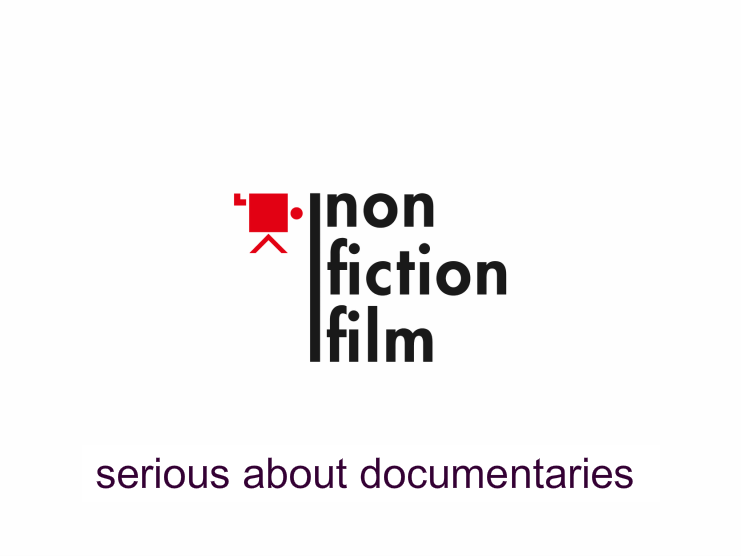
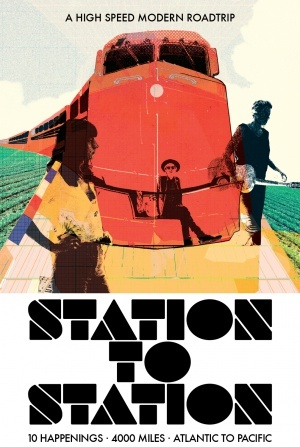
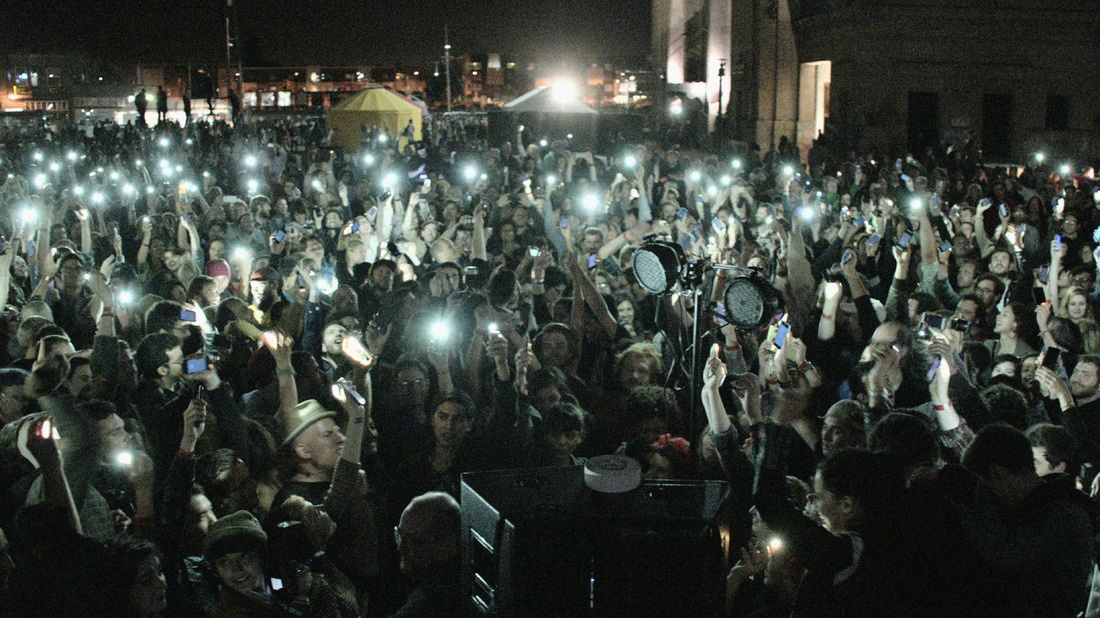
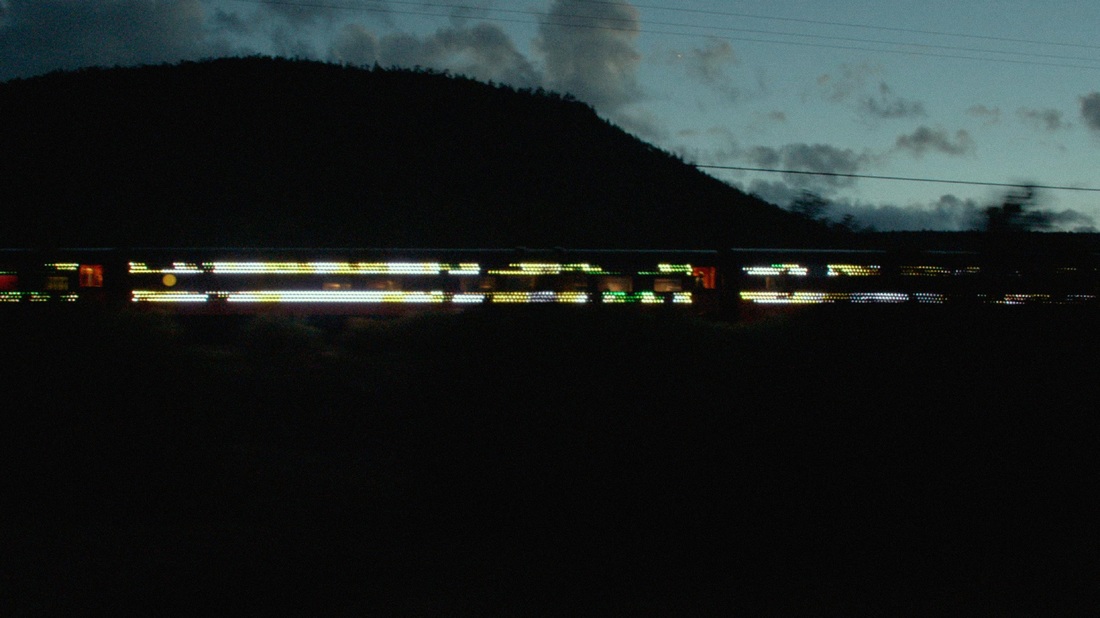
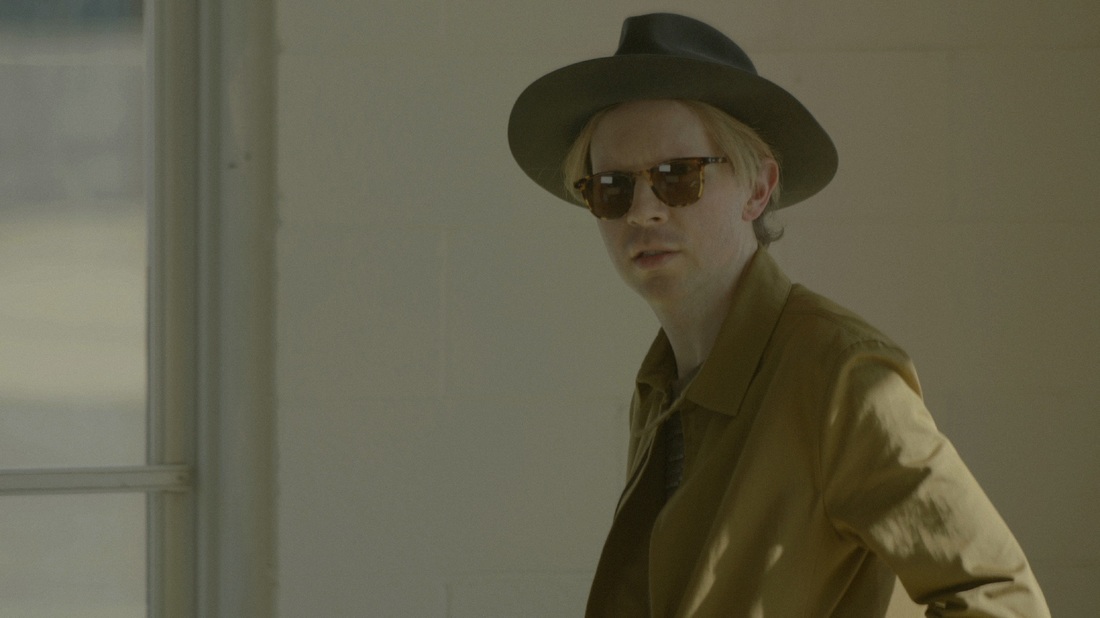
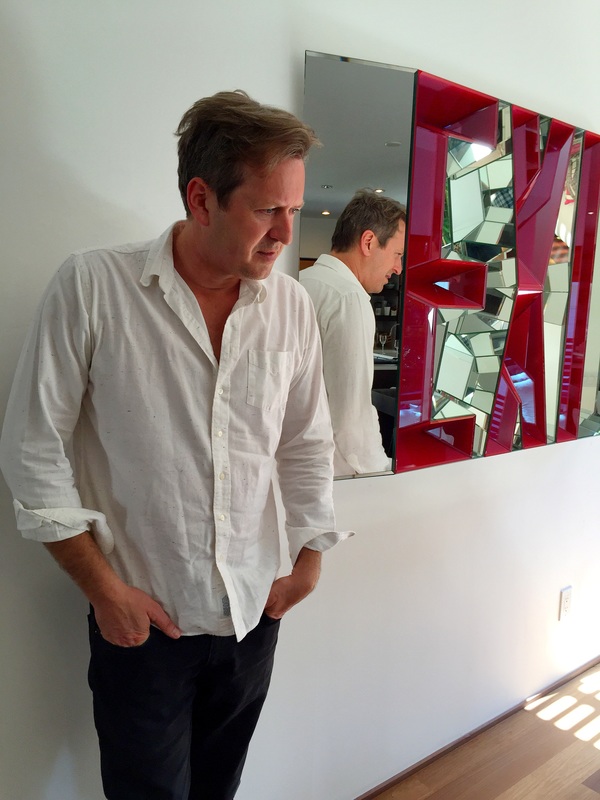
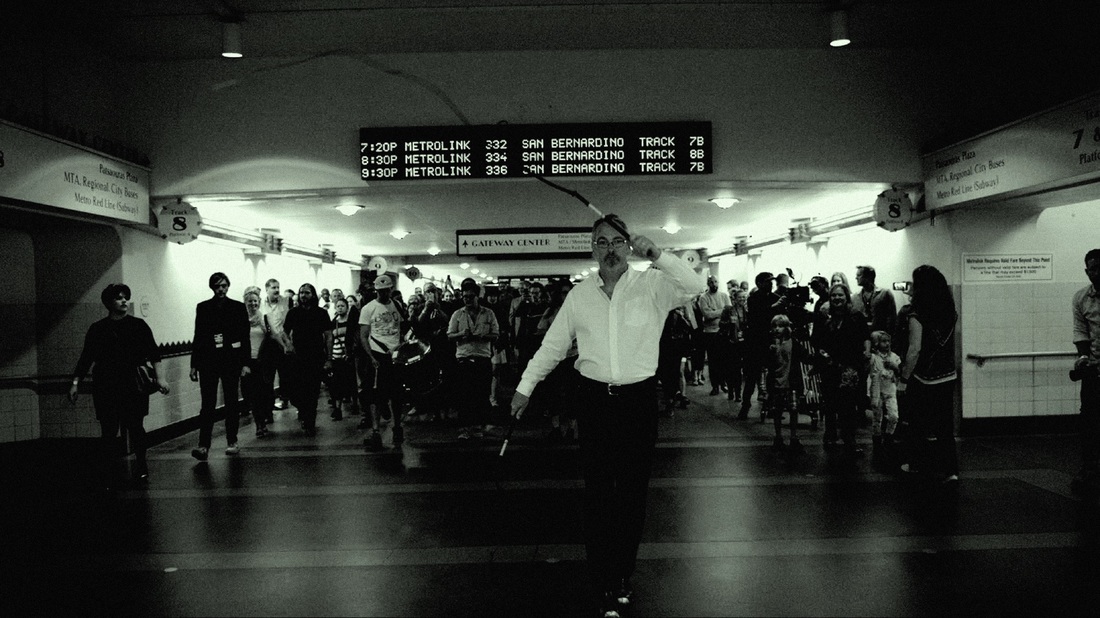
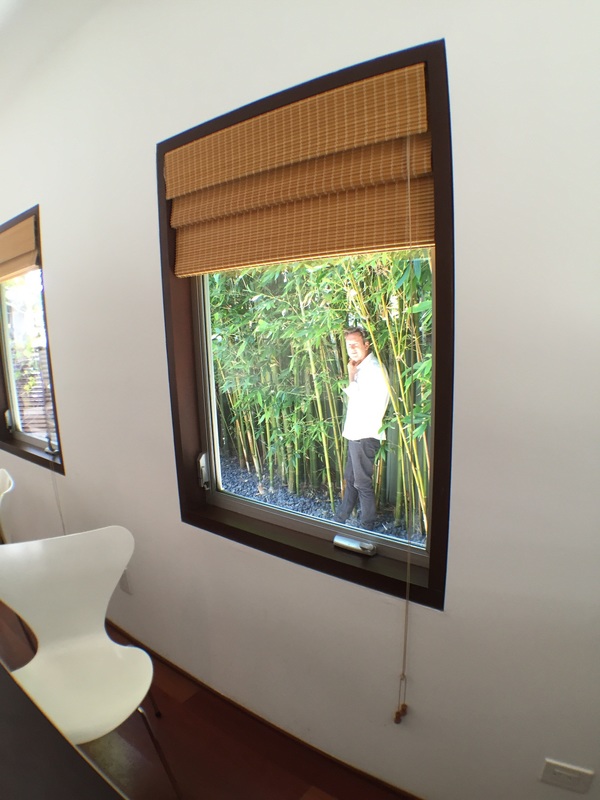
 RSS Feed
RSS Feed